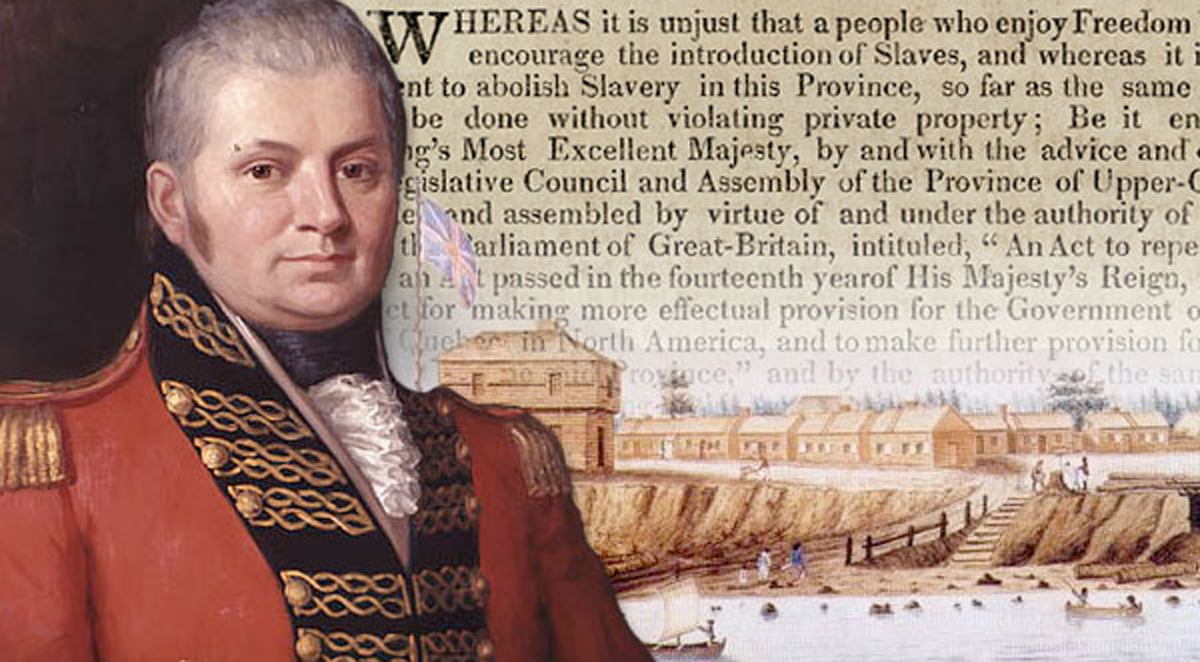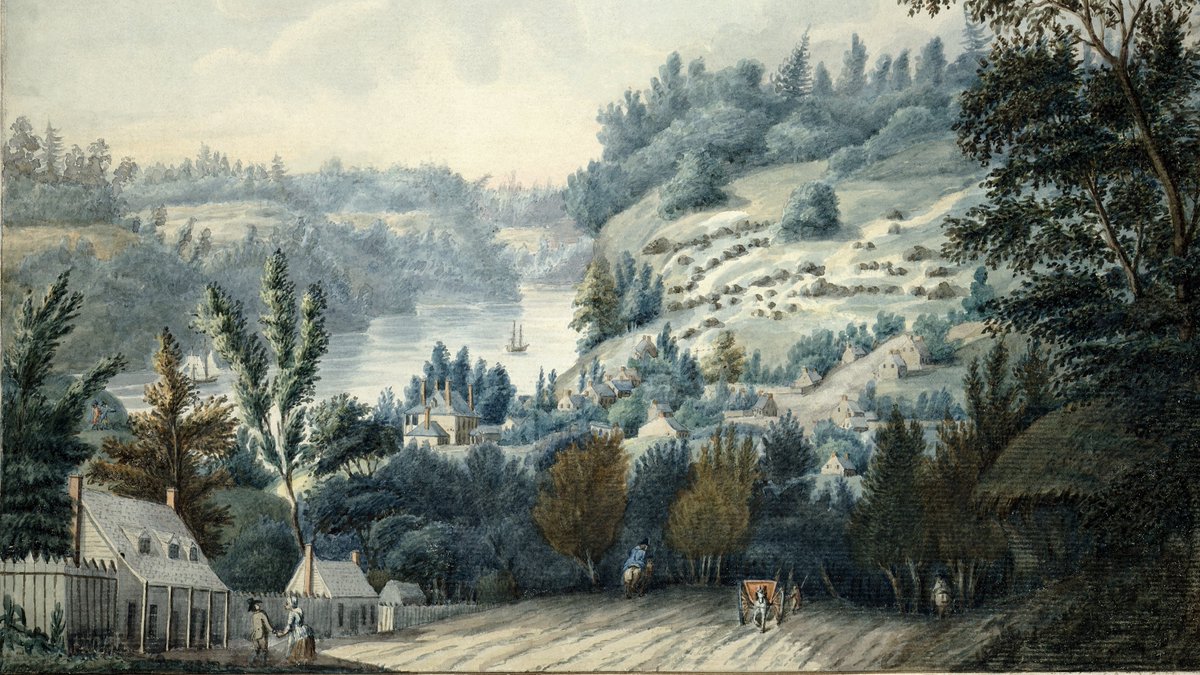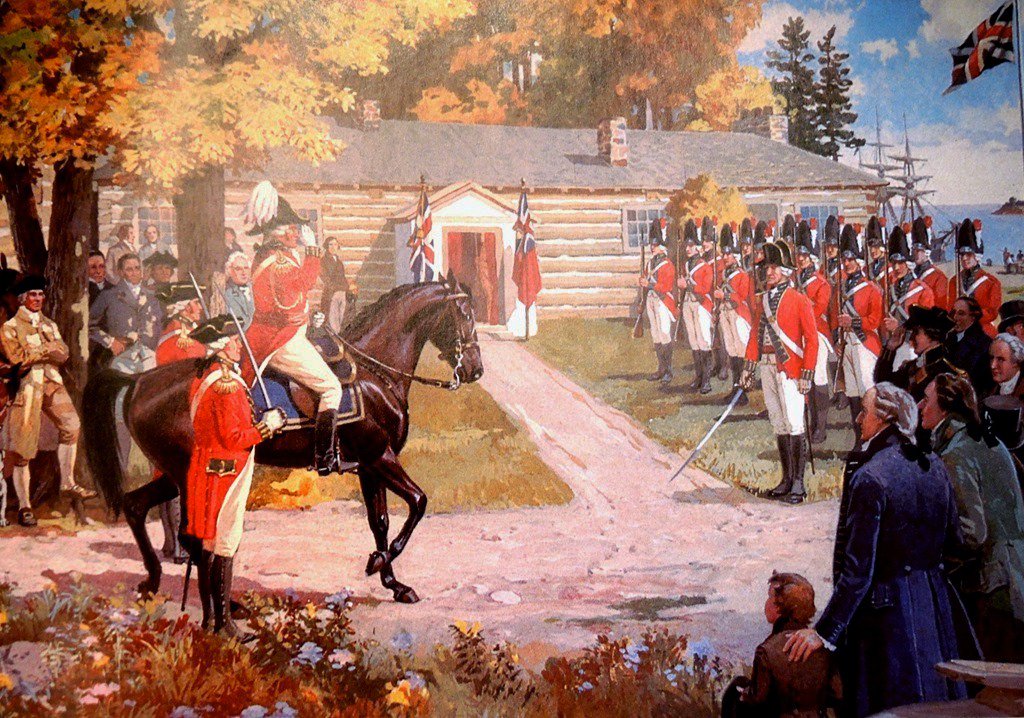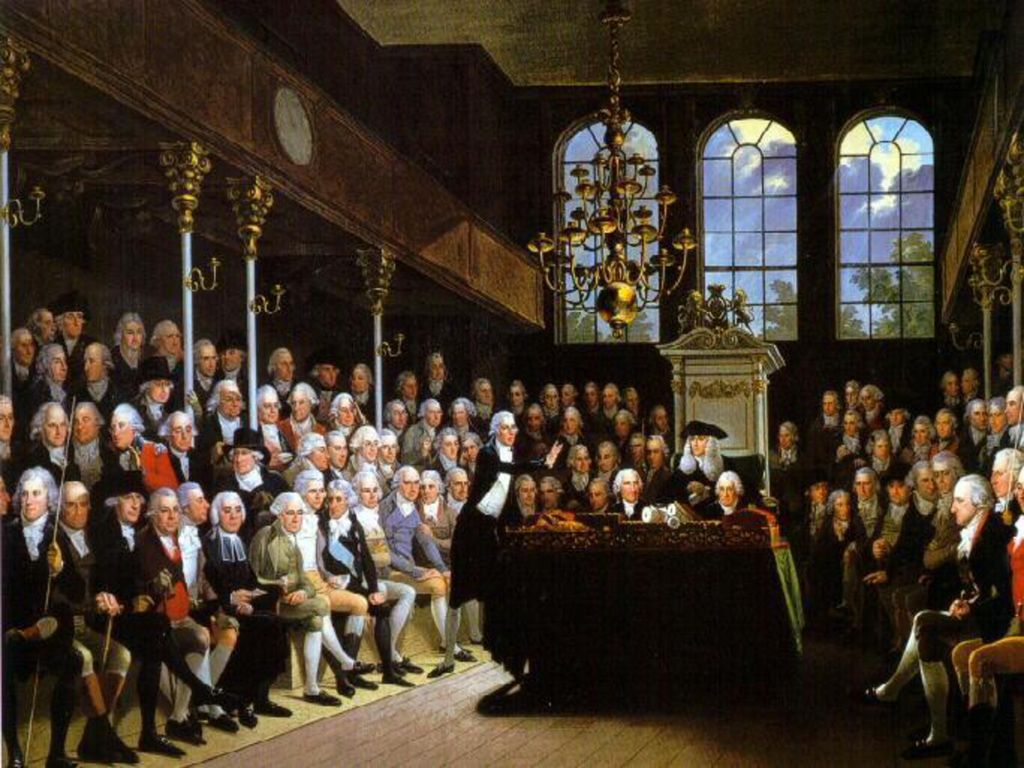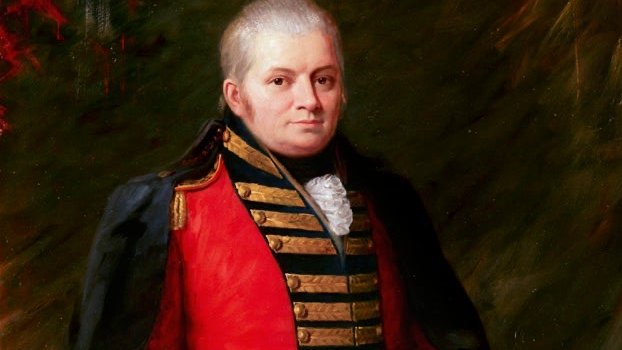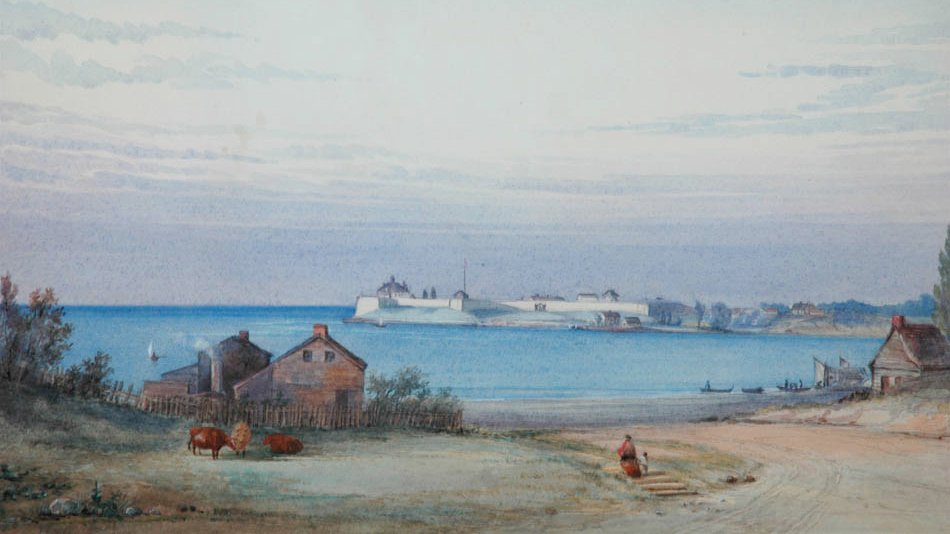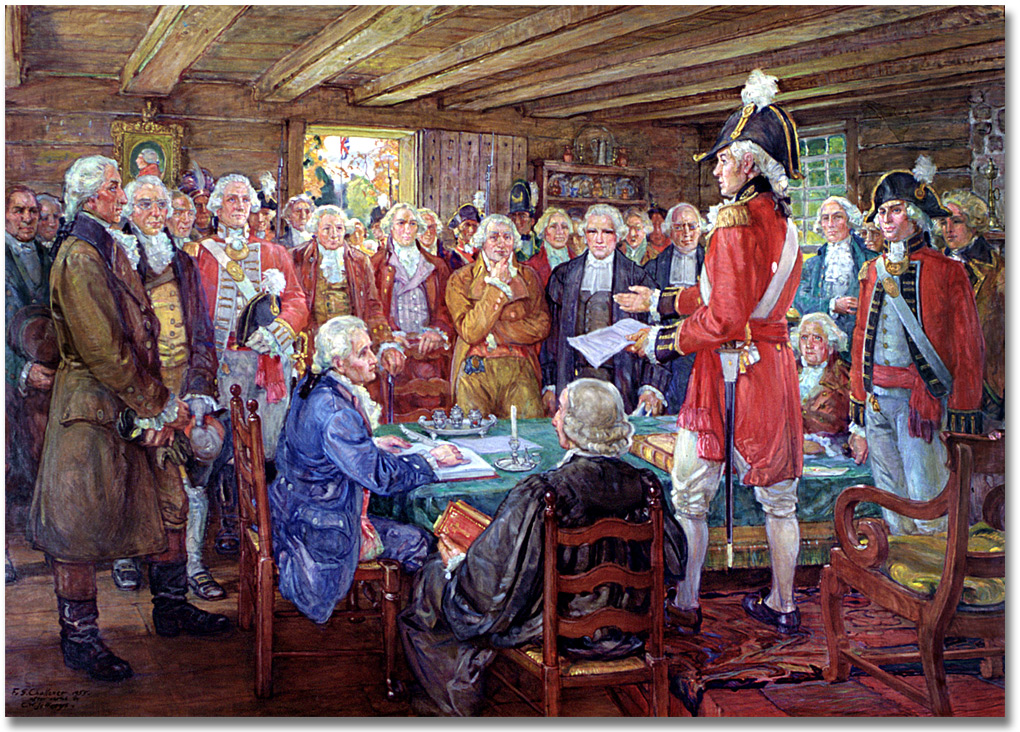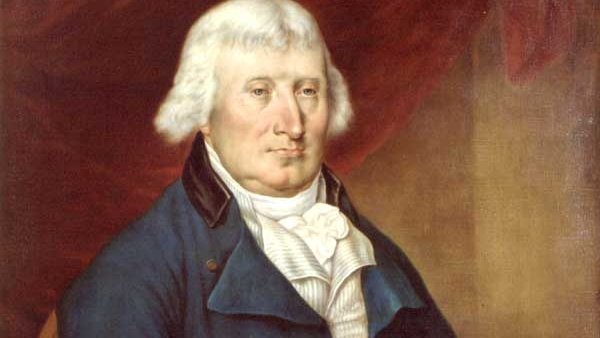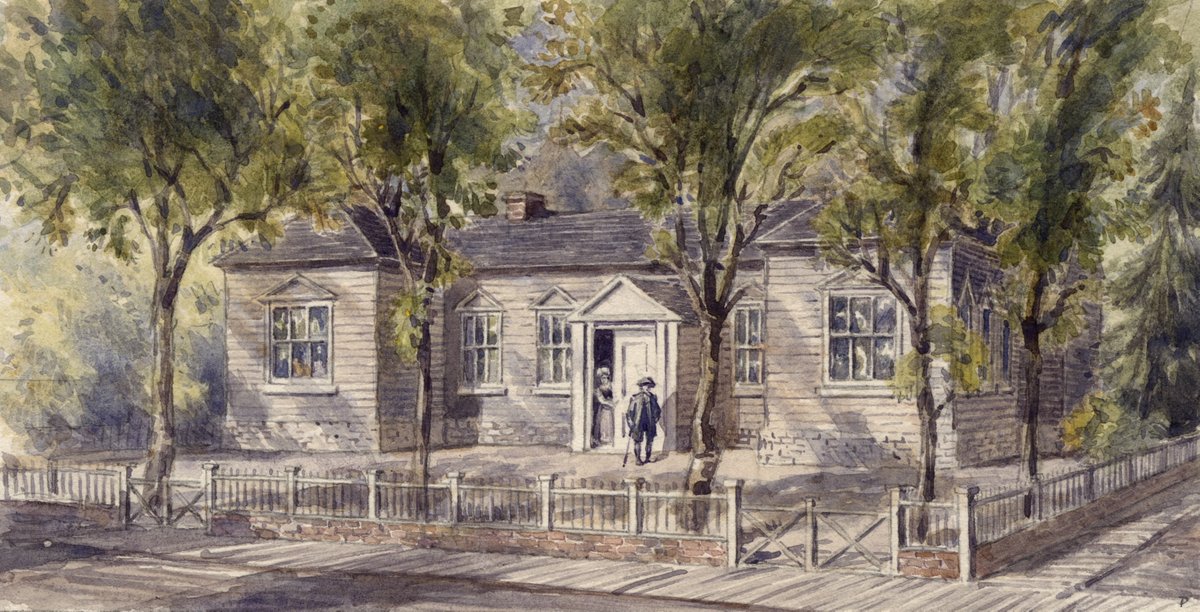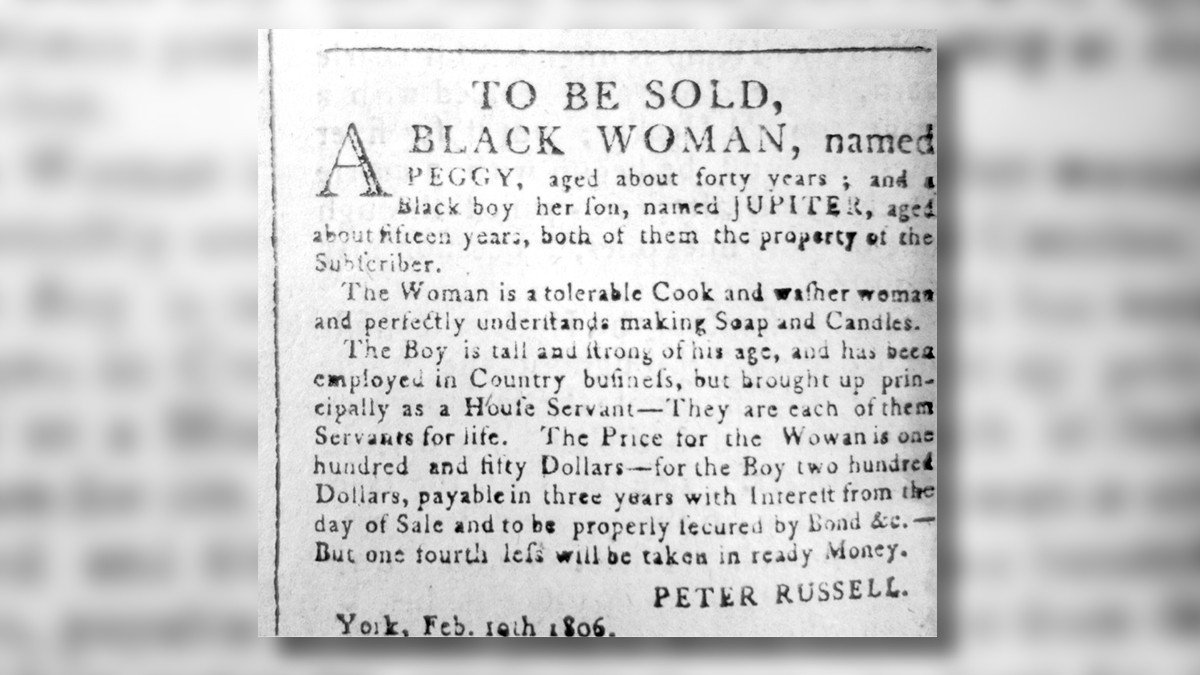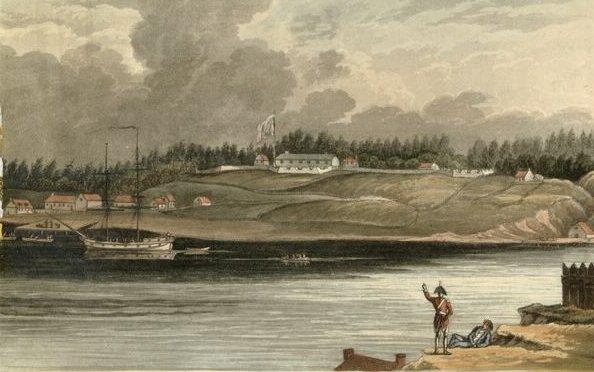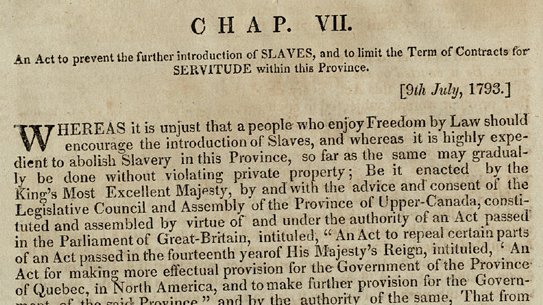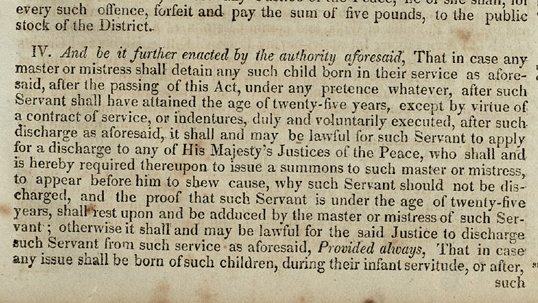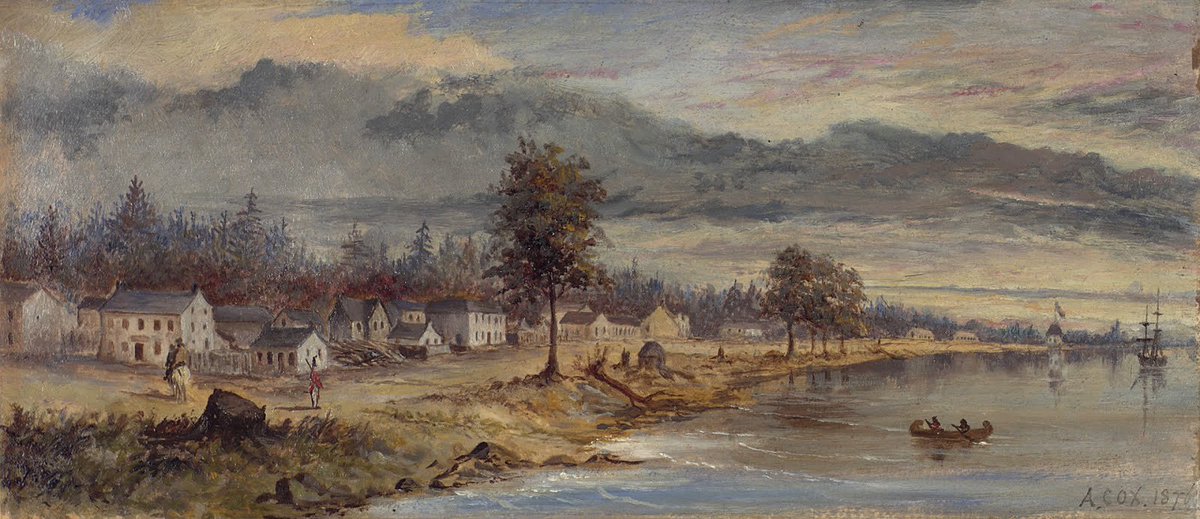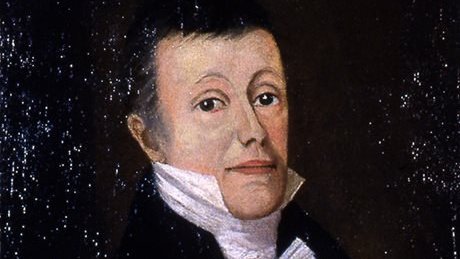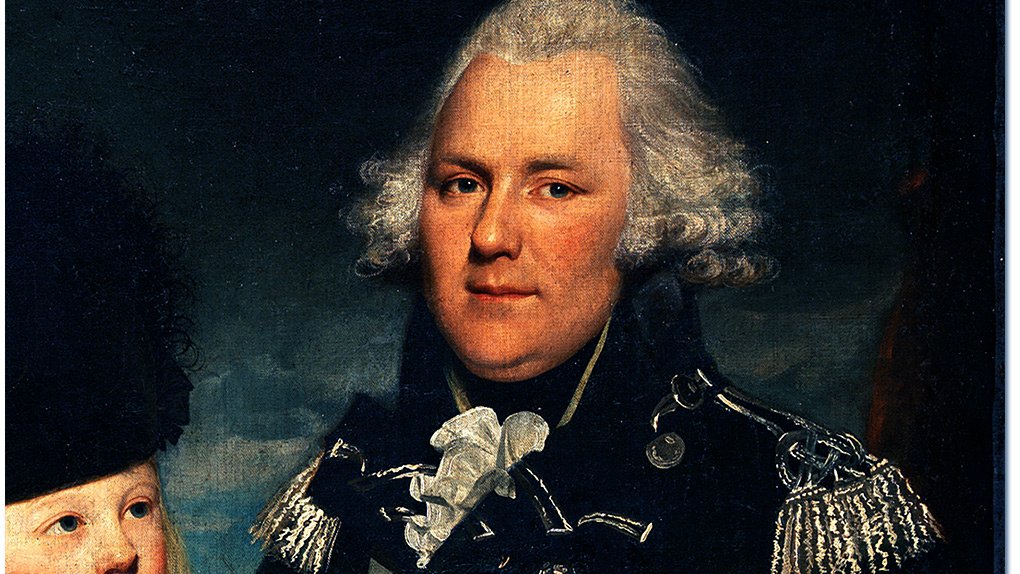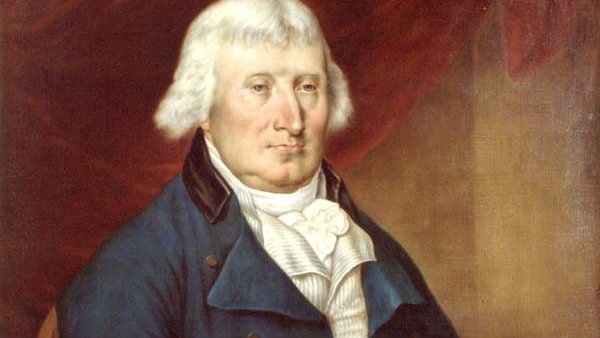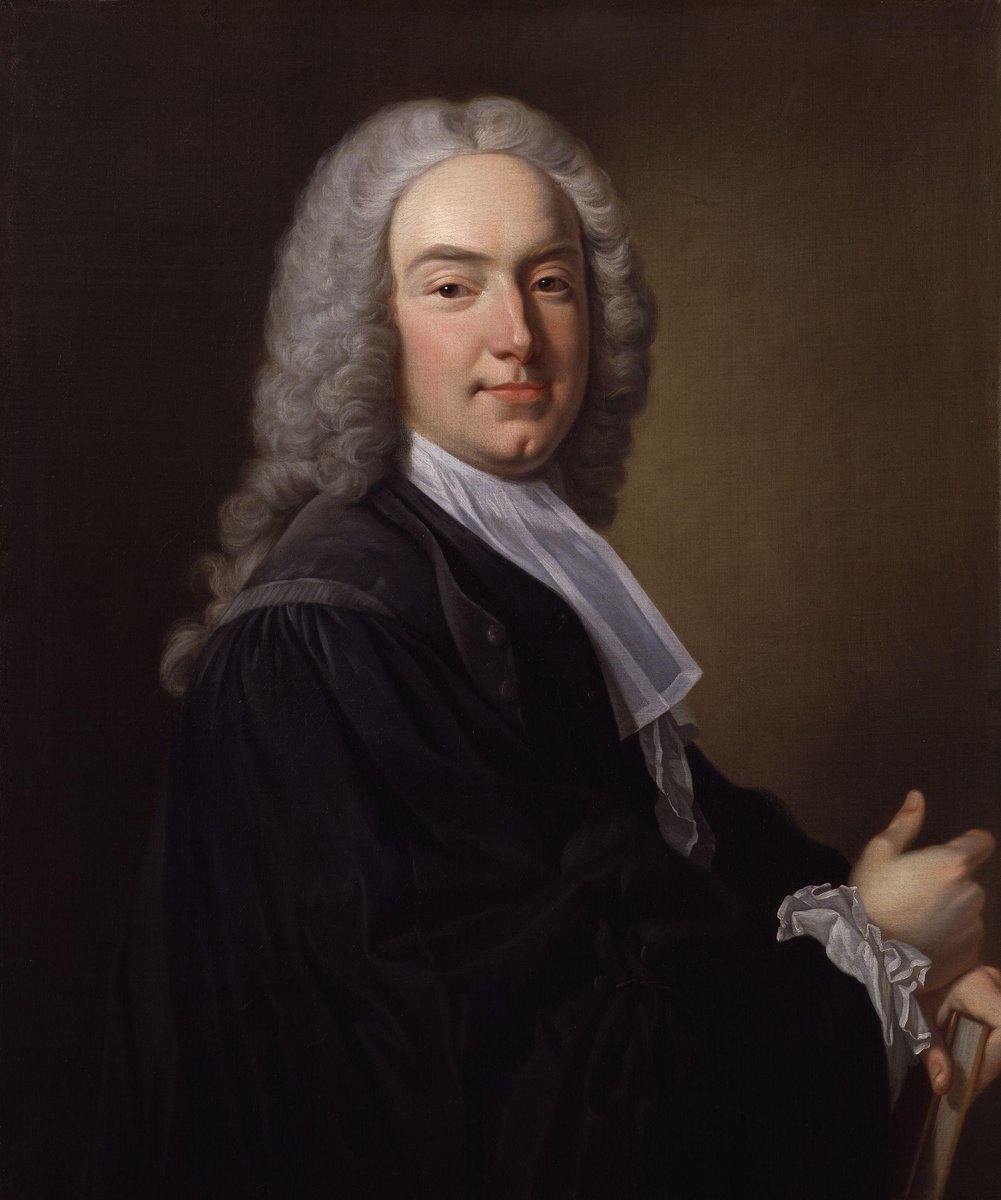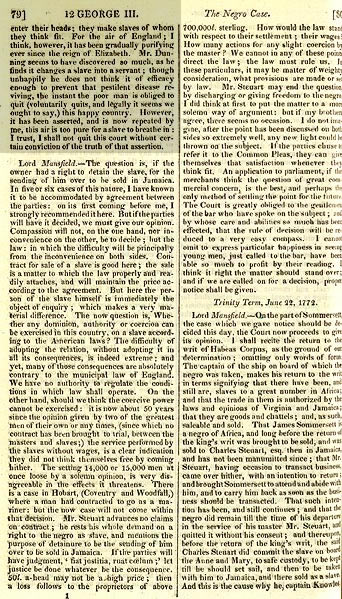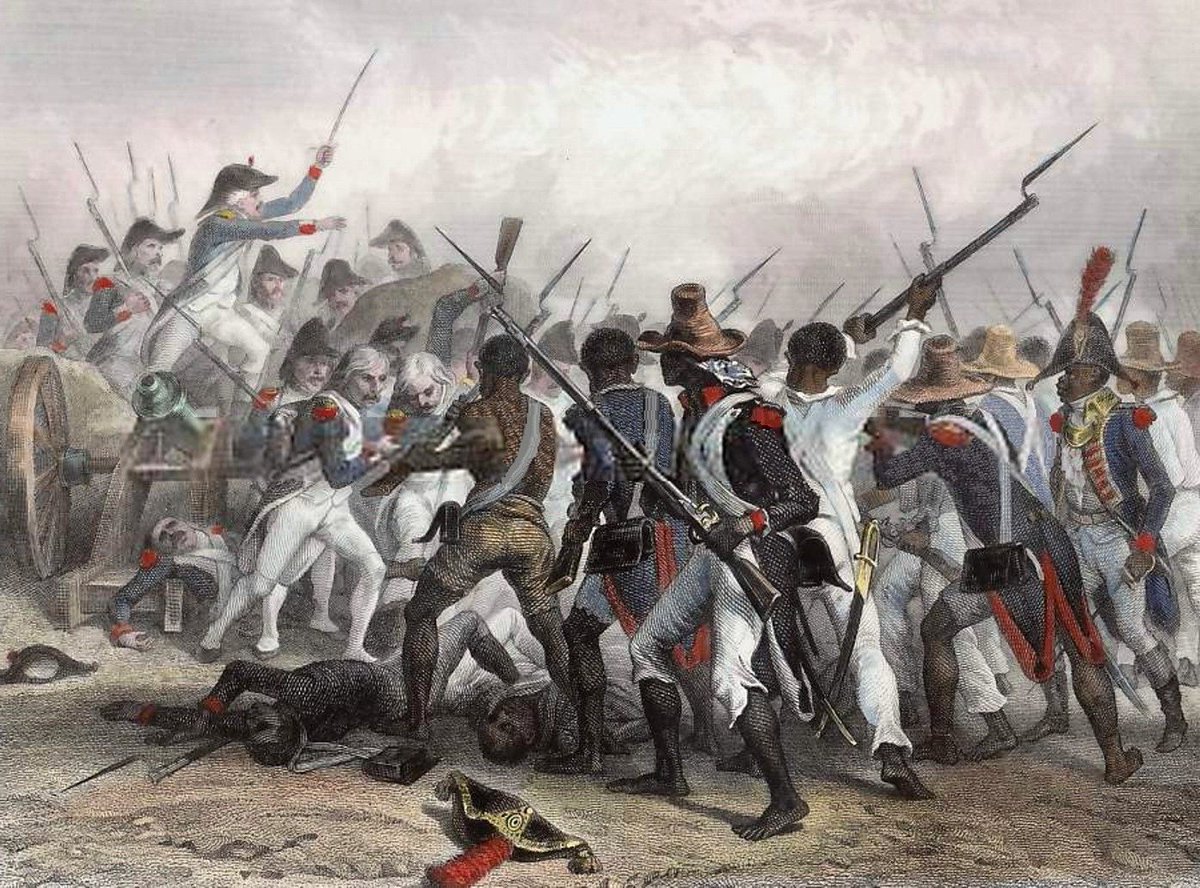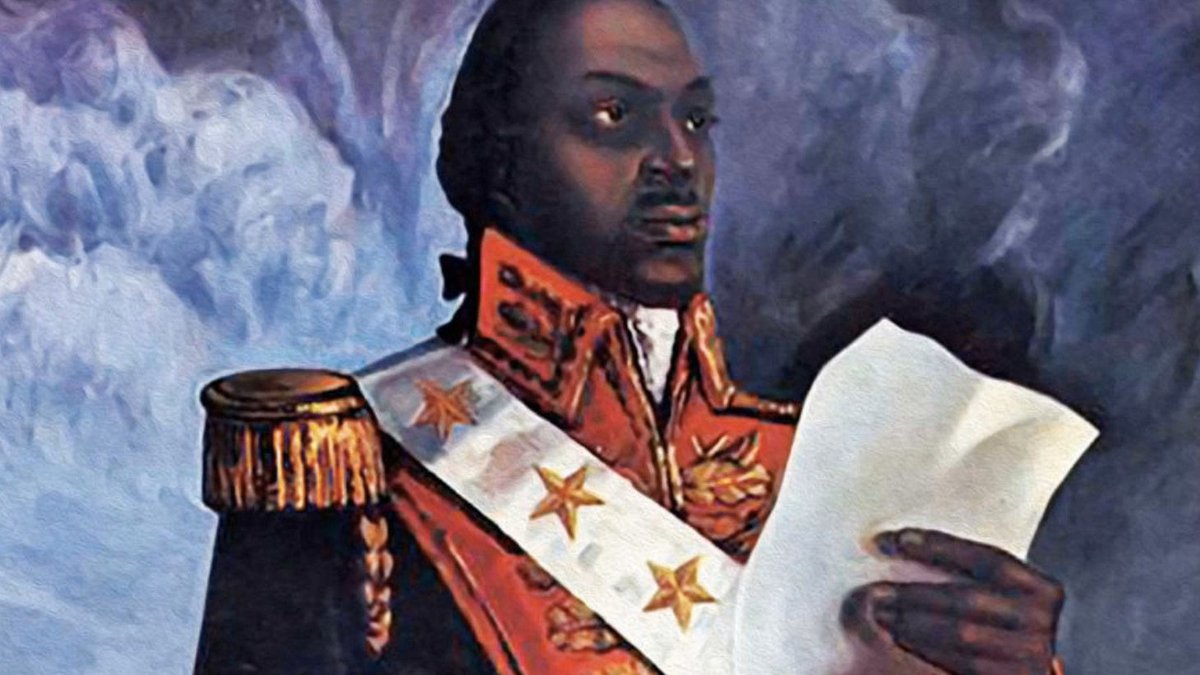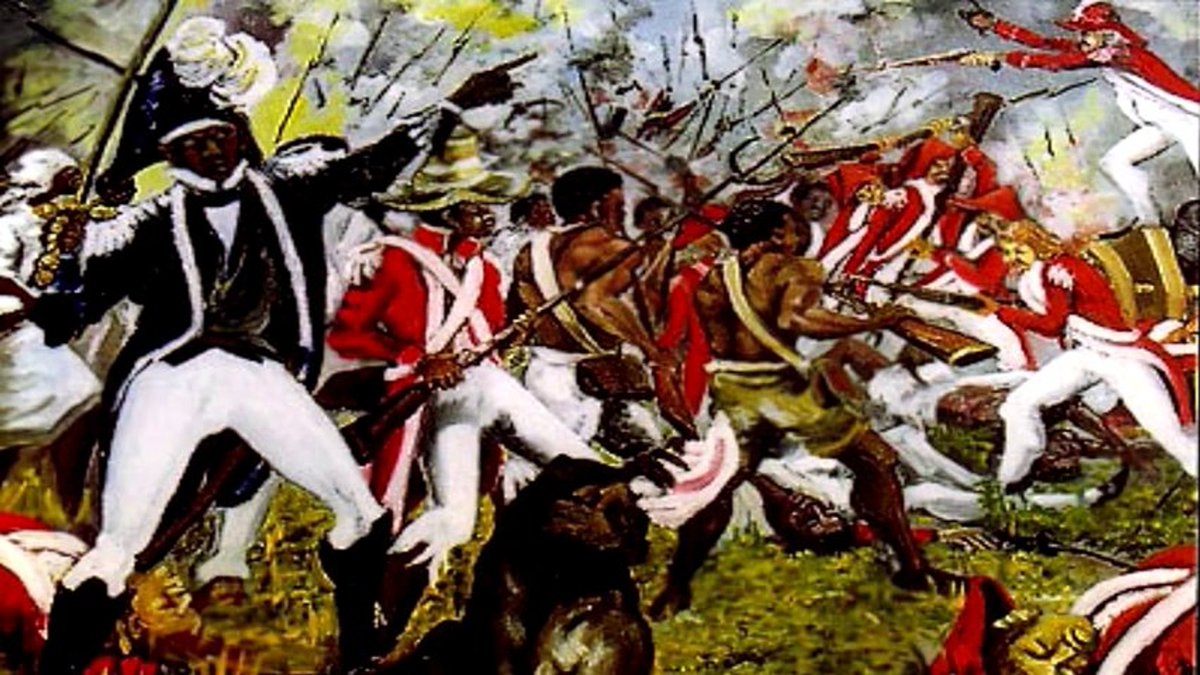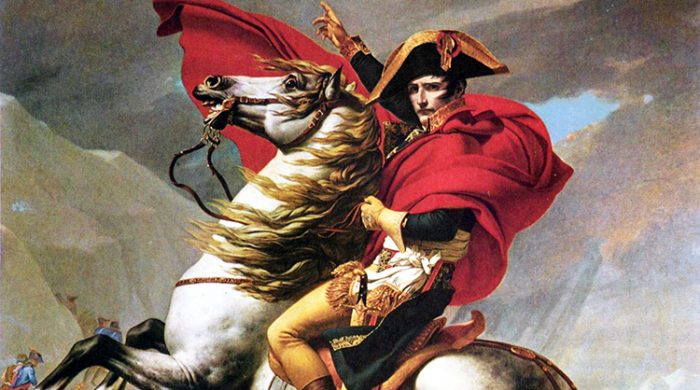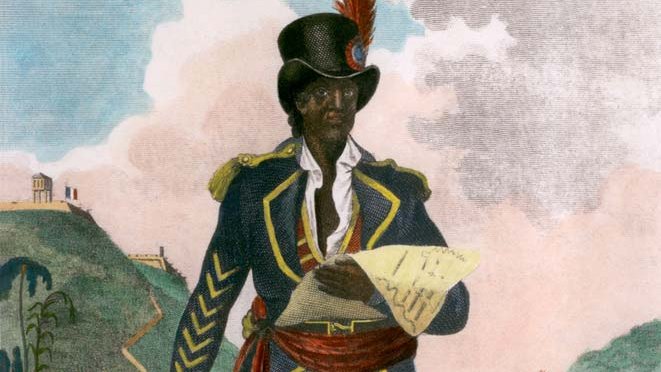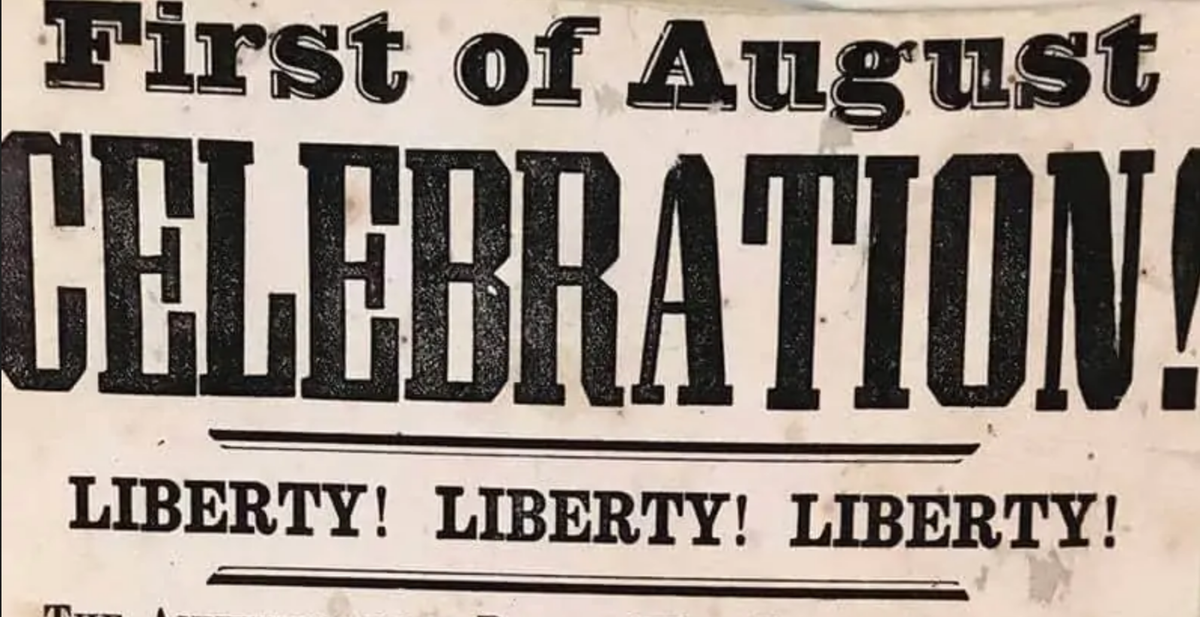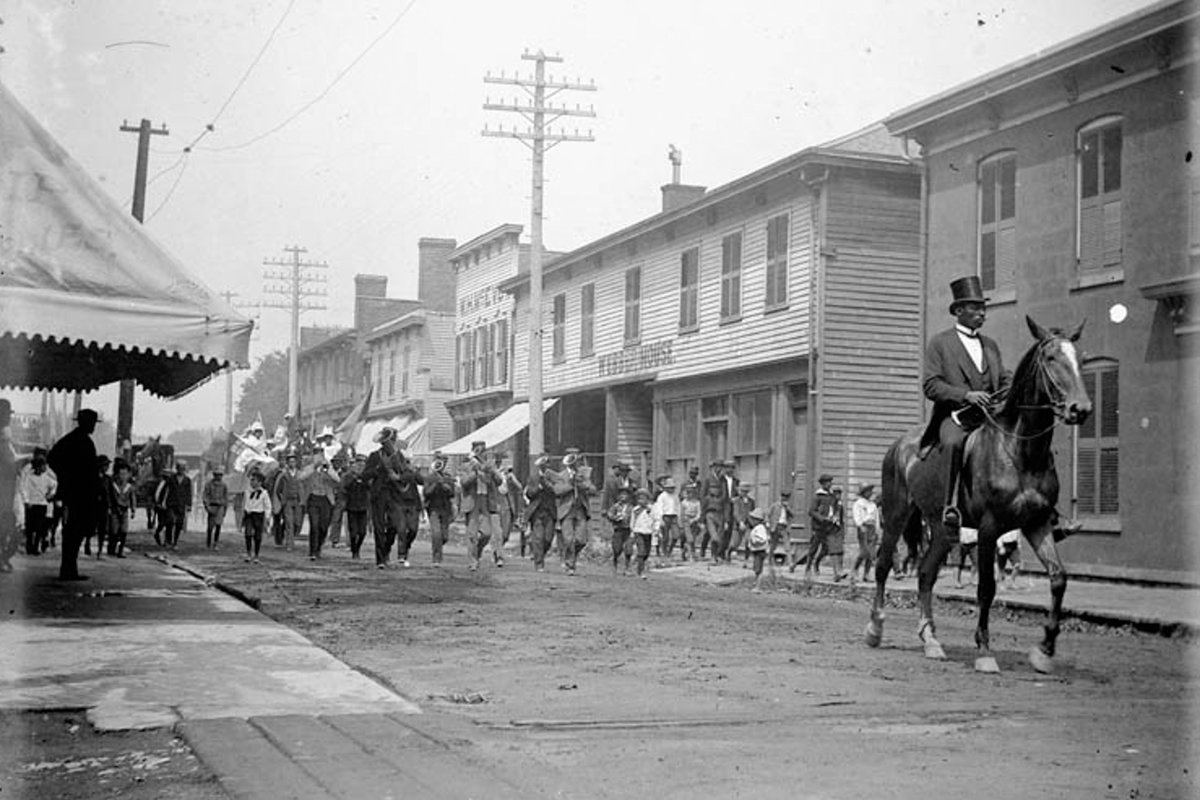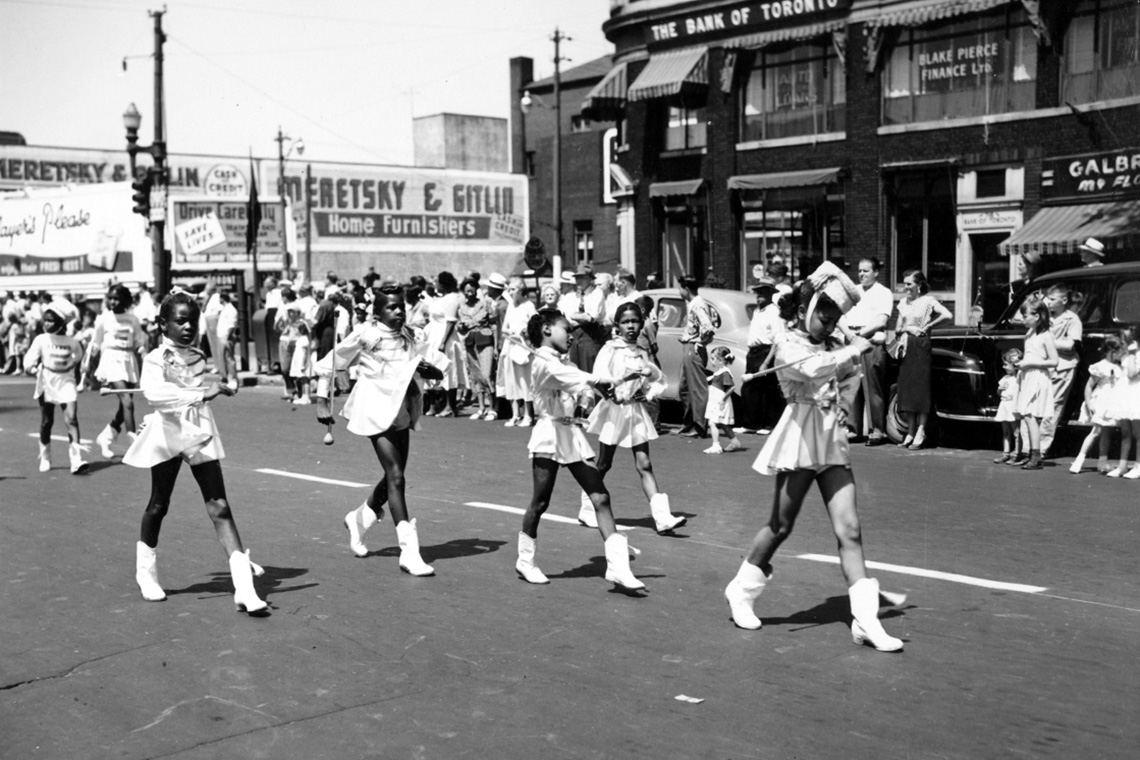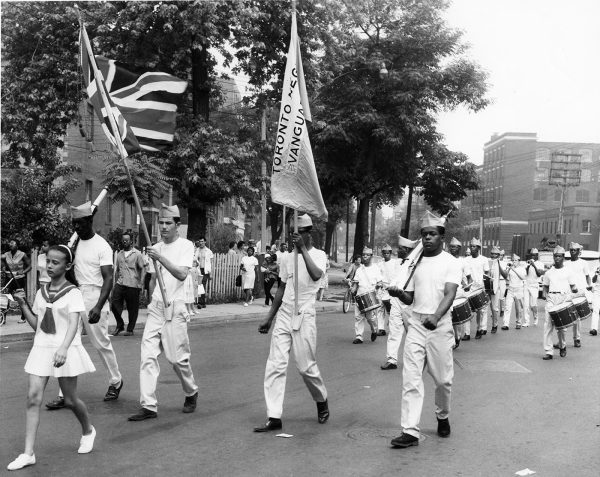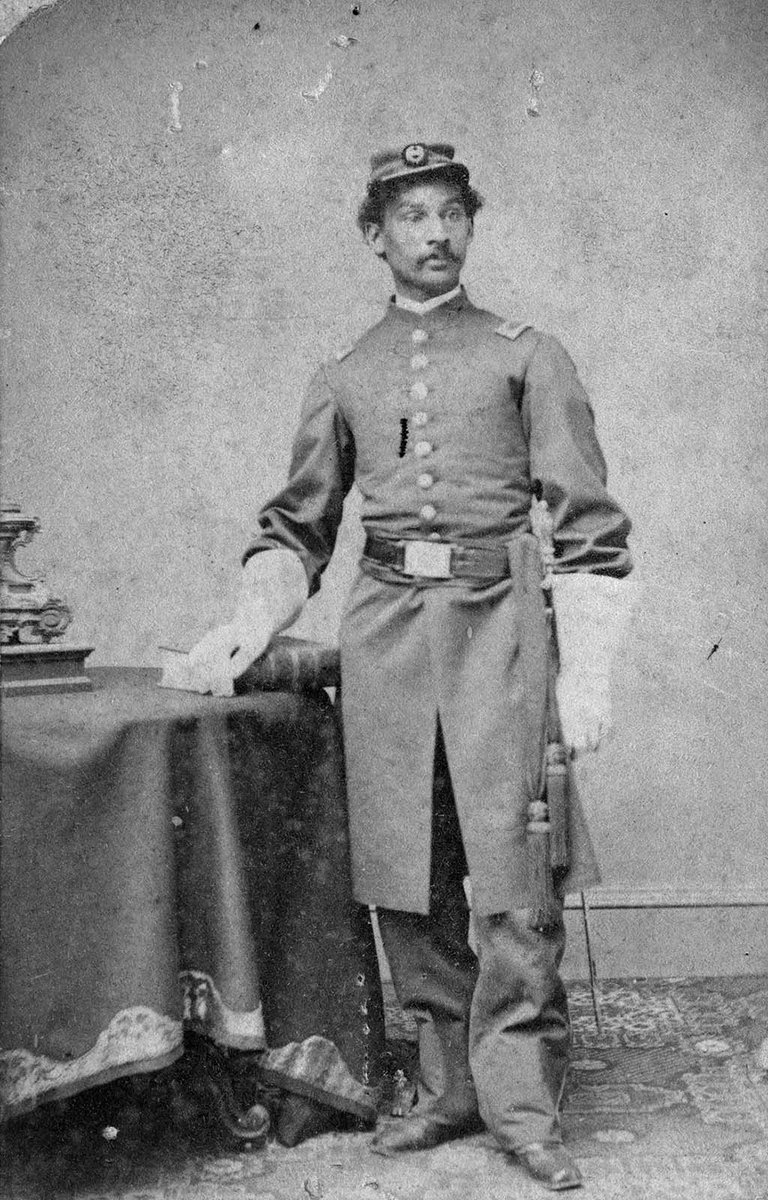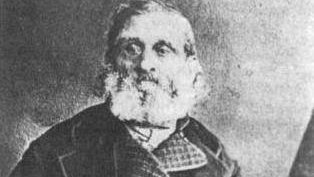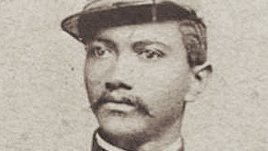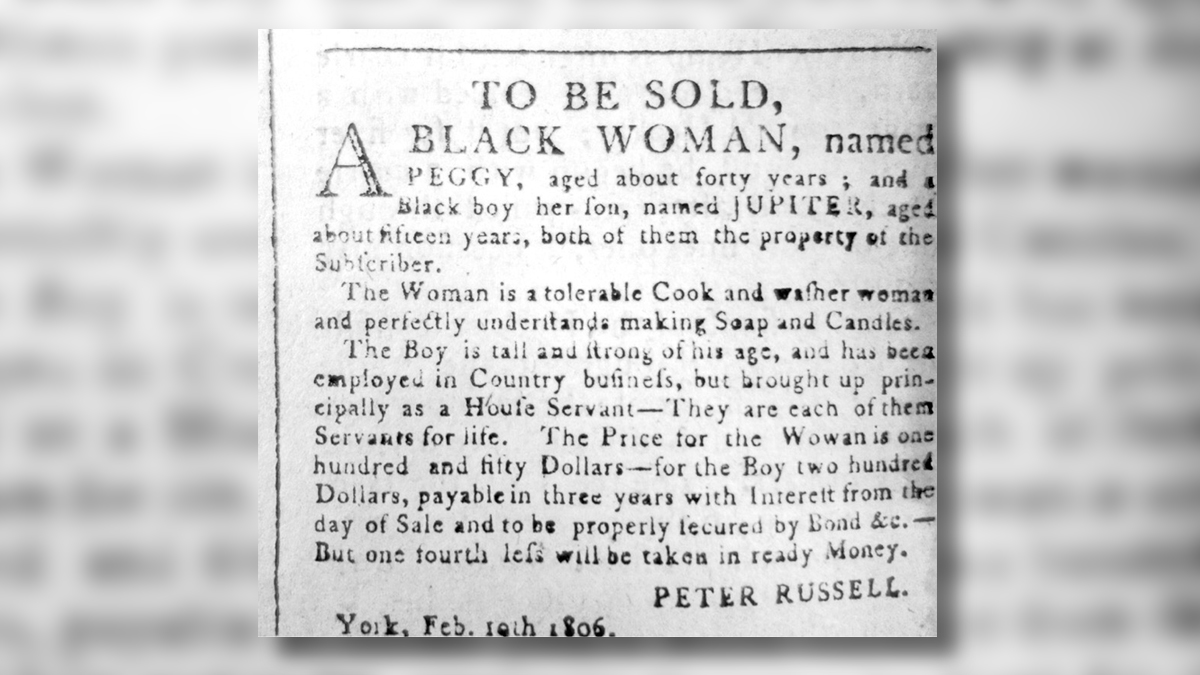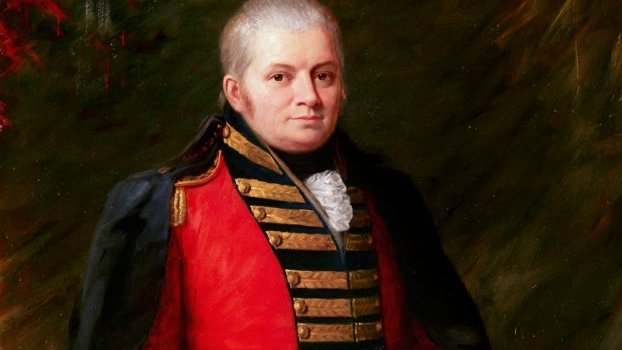1. It& #39;s Simcoe Day today — so let& #39;s talk about John Graves Simcoe and his weird, complicated relationship with slavery.
The founder of Toronto was an avowed abolitionist... who also once fought a war to preserve slavery.
The founder of Toronto was an avowed abolitionist... who also once fought a war to preserve slavery.
2. Meet John Graves Simcoe. Founder of Toronto. British hero of the American Revolution. Abolitionist.
One of the very first things he did when he became the governor of Upper Canada was to pass a law against slavery.
One of the very first things he did when he became the governor of Upper Canada was to pass a law against slavery.
3. He was particularly inspired by the story of Chloe Cooley.
Cooley was a Black woman enslaved at Niagara. She& #39;d long carried out acts of resistance: refusing work, stealing, disappearing at times, making her enslavement as inconvenient as possible for the man who enslaved her.
Cooley was a Black woman enslaved at Niagara. She& #39;d long carried out acts of resistance: refusing work, stealing, disappearing at times, making her enslavement as inconvenient as possible for the man who enslaved her.
4. During Simcoe& #39;s first winter in Upper Canada, the man who enslaved Cooley sold her to someone on the American side of the border, tying her up with rope & forcing her into a boat to be shipped across the river.
She resisted yet again, screaming & putting up a fight.
She resisted yet again, screaming & putting up a fight.
5. Peter Martin saw it all happen. He was a Black Loyalist who& #39;d fought on the British side of the American Revolution. A week later, when Simcoe’s Executive Council met for the first time, Martin appeared before them to tell them the story.
6. Simcoe was appalled. Back home in England, he’d spoken out against slavery as a Member of Parliament, giving abolitionist speeches in the House of Commons. He made it very clear he saw no place for slavery in his new province...
7. "The principles of the British Constitution do not admit of that slavery which Christianity condemns. The moment I assume the Govt of Upper Canada, under no modification will I assent to a law that discriminates by dishonest policy between natives of Africa, America or Europe"
8. Simcoe saw his chance. He used Cooley& #39;s story as an opportunity to push for abolition in Upper Canada.
The "Act Against Slavery" became the very first law against slavery ever passed anywhere in the British Empire.
The "Act Against Slavery" became the very first law against slavery ever passed anywhere in the British Empire.
9. That was July 1793: the same month Toronto was founded, 40 years before slavery was abolished across the British Empire, and 70 years before the Emancipation Proclamation in the United States.
10. So: yay Simcoe! But things weren& #39;t quite as simple & groundbreaking as that all makes it sound...
11. For one thing, while Simcoe wanted to abolish slavery immediately, he couldn& #39;t. He was forced into a compromise. There were powerful slaveholders in the colony who didn& #39;t want to give up their "property."
And that was partially Simcoe& #39;s own fault.
And that was partially Simcoe& #39;s own fault.
12. Not only had Simcoe personally invited slaveholders to move to Upper Canada, he also picked a bunch of them to sit on his Legislative Council — which acted kind of like the senate does today.
The council basically had a veto.
The council basically had a veto.
13. Meet Peter Russell: a former solider, gambling-addict, & ex-con who Simcoe befriended during the American Revolution. He& #39;s the guy Peter Street is named after.
Russell Street was named after him, too — but the city just changed it because Russell was also a slaveholder.
Russell Street was named after him, too — but the city just changed it because Russell was also a slaveholder.
14. Russell and his sister enslaved Peggy Pompadour & her three children: Jupiter, Amy and Milly.
They were forced to work for the Russells here at Russell Abbey (Front & Princess St) and the Petersfield estate (Queen & Peter St).
They were forced to work for the Russells here at Russell Abbey (Front & Princess St) and the Petersfield estate (Queen & Peter St).
15. The Pompadours, like Cooley, resisted: made escape attempts & trouble when they could. The Russells had Peggy jailed for a while — and Jupiter, too. When that didn& #39;t break his resistance, they strung him up in the window of a storehouse as a public humiliation.
16. Russell tried to sell the Pompadours repeatedly — here& #39;s one of the chilling ads he placed in the newspaper:
17. But Simcoe still picked Russell to sit on the Legislative Council. And he wasn& #39;t alone. At least 5 of the 9 members were slaveholders, or from slaveholding families. They formed a majority.
Determined to abolish slavery, Simcoe had made it almost impossible to do.
Determined to abolish slavery, Simcoe had made it almost impossible to do.
18. Those slaveholders forced a compromise: slavery wouldn& #39;t be abolished immediately. It was phased out instead.
No more enslaved people could be brought into Upper Canada, but those already here would spend the rest of their lives in slavery.
No more enslaved people could be brought into Upper Canada, but those already here would spend the rest of their lives in slavery.
20. And so, when Toronto was founded a few weeks after the law passed, slavery was still legal.
In our city, families like the Russells, Jarvises, Babys & Denisons enslaved families like the Pompadours.
In our city, families like the Russells, Jarvises, Babys & Denisons enslaved families like the Pompadours.
21. Meanwhile, back in England, slavery had already ended decades earlier. A court decision effectively abolished it in the 1770s — so Simcoe& #39;s law wasn& #39;t quite as far ahead of its time as it might sound.
22. And that was just the beginning. Simcoe’s relationship with slavery got even weirder & more conflicted after he left Canada.
He was soon sent to Haiti — the French colony of Saint Domingue back then — to put down the biggest uprising against slavery since Spartacus.
He was soon sent to Haiti — the French colony of Saint Domingue back then — to put down the biggest uprising against slavery since Spartacus.
23. The leaders of the French Revolution abolished slavery. But French royalists still controlled Haiti, where half a million people were enslaved.
When those people rose up in a revolution led by François Dominique Toussant L’Ouverture, the royalists asked Britain for help.
When those people rose up in a revolution led by François Dominique Toussant L’Ouverture, the royalists asked Britain for help.
24. John Graves Simcoe became governor of Haiti — and the avowed abolitionist found himself fighting a bloody war to preserve slavery there.
25. In the end, Simcoe got sick of the war, the lack of support & of literally being sick. He returned home to England without permission & was nearly arrested for desertion.
He spent his most of his remaining years helping to lead the fight against Napoleon.
He spent his most of his remaining years helping to lead the fight against Napoleon.
26. The Haitian Revolution would eventually be successful, ending a few years after Simcoe left with the establishment of a new country, free of slavery.
27. And in Toronto, slavery did begin to be phased out over the next few decades. It was finally abolished here & across the entire British Empire on August 1, 1834.
So this week, Simcoe Day isn& #39;t the only holiday we commemorate. It& #39;s Emancipation Day, too.
So this week, Simcoe Day isn& #39;t the only holiday we commemorate. It& #39;s Emancipation Day, too.
28. By then, Toronto was beginning to earn a reputation as a relatively safe haven for people fleeing slavery.
Black families like the Abbotts, Blackburns & Augustas — along with white allies like George Brown — worked hard to make Toronto a more welcoming place for them.
Black families like the Abbotts, Blackburns & Augustas — along with white allies like George Brown — worked hard to make Toronto a more welcoming place for them.
29. It took half a century, but thanks to their work, Toronto had gone from Simcoe& #39;s compromise to becoming an important stop at the end of the Underground Railroad & a hub for the abolitionist movement.

 Read on Twitter
Read on Twitter